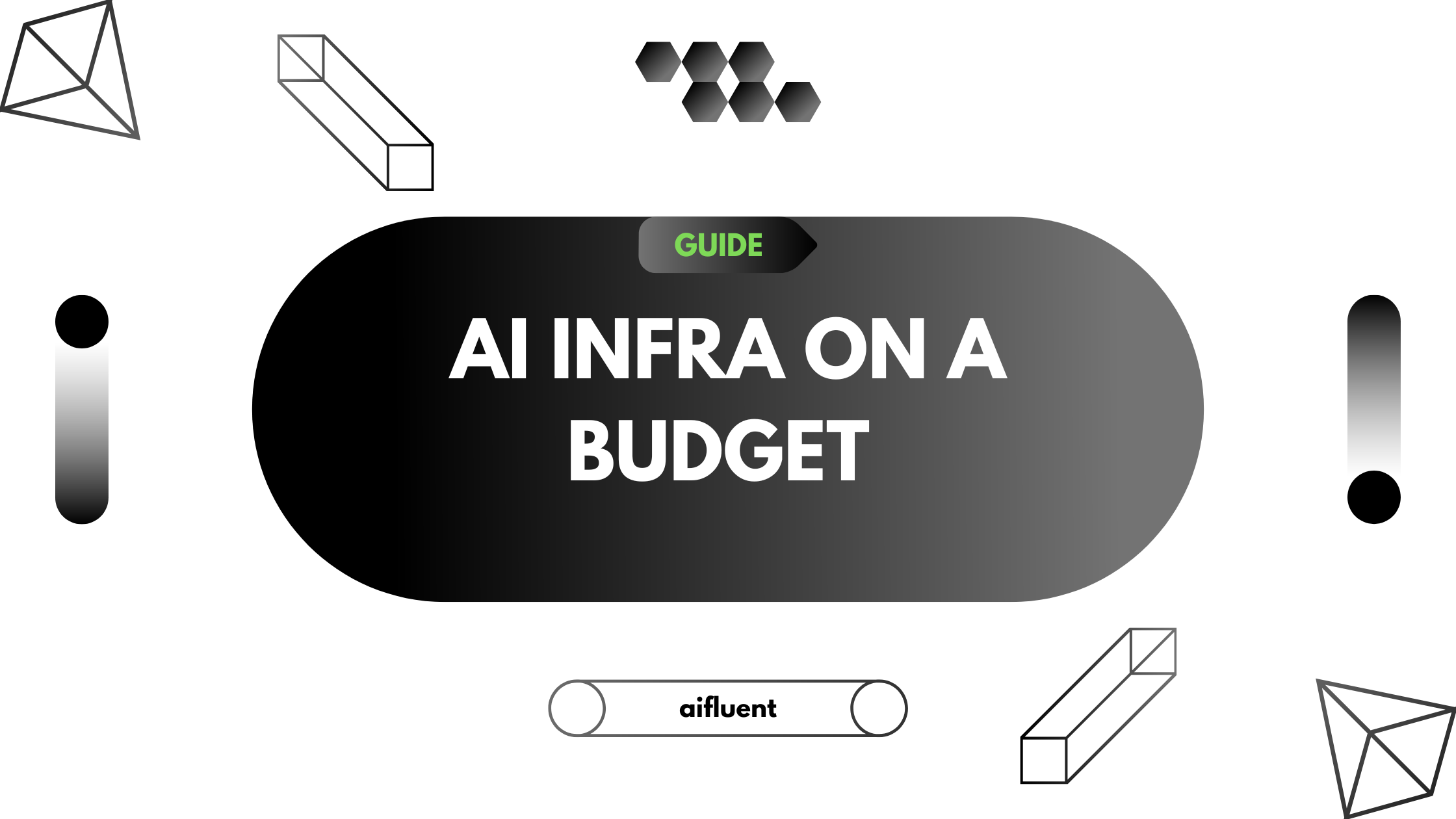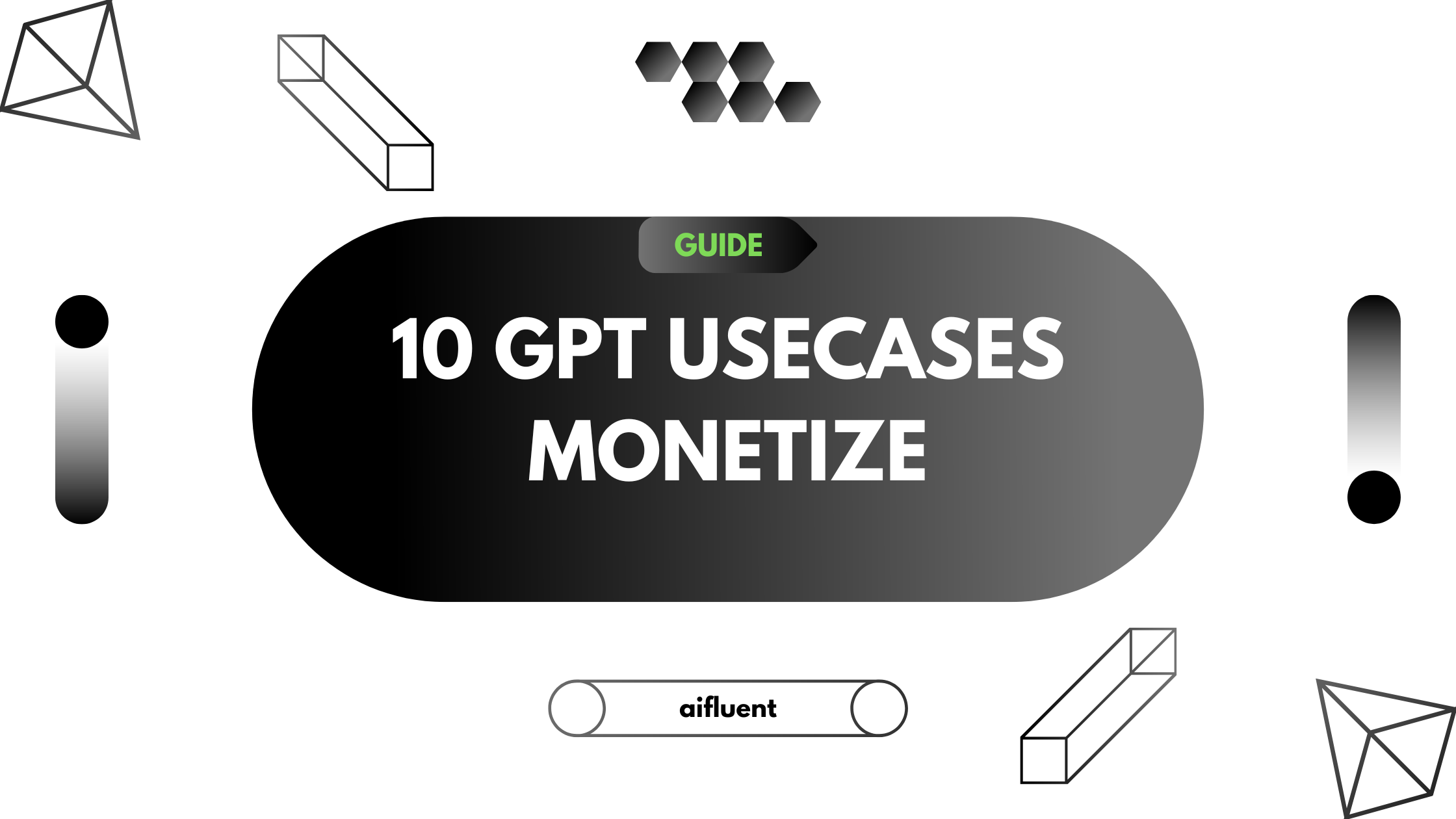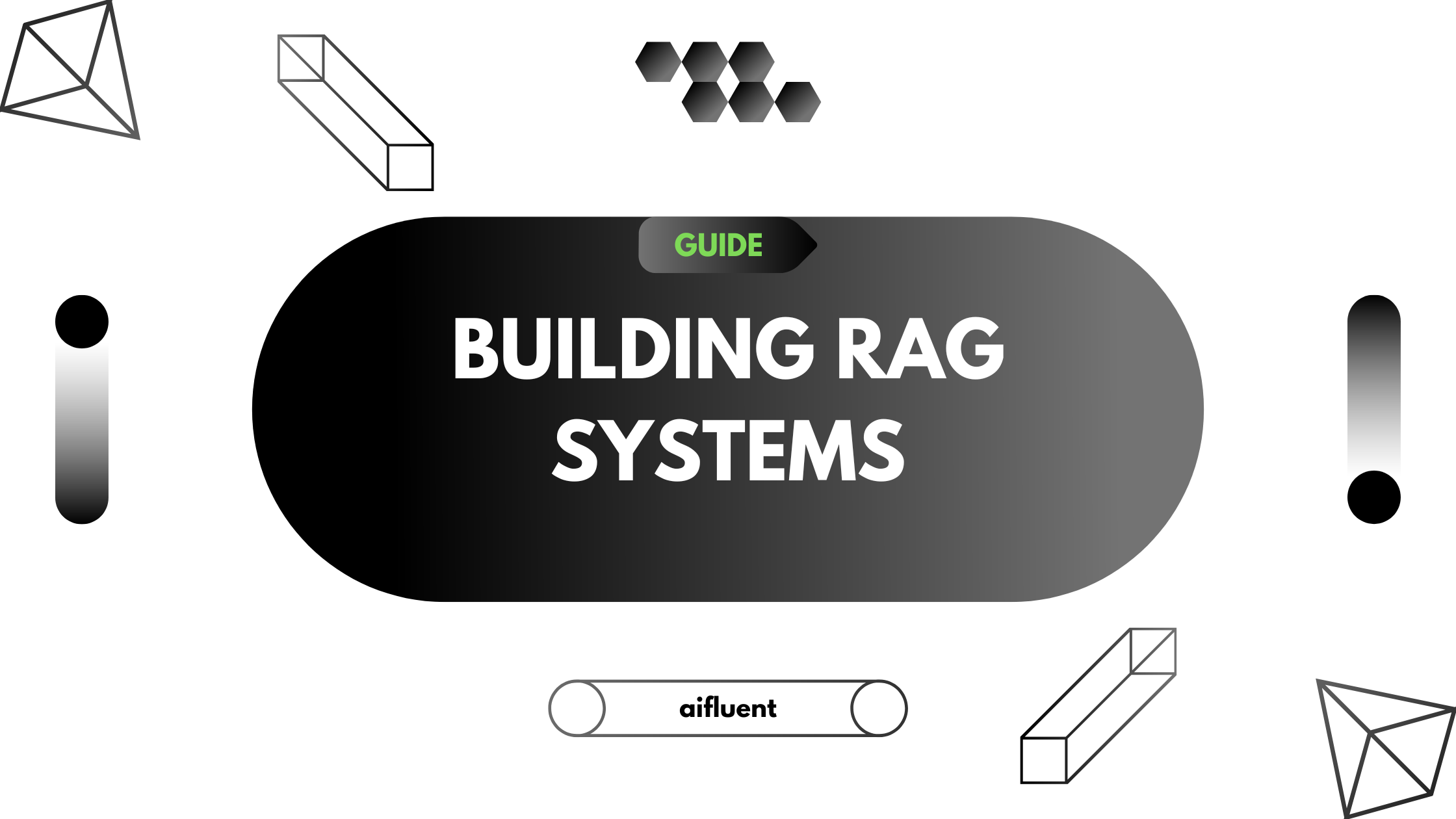
AI Infra on a Budget
hat You Really Need (2025 Developer Guide)
AI Infra on a Budget – What You Really Need (2025 Developer Guide)
Introduction
In 2025, you don’t need a PhD or a pricey GPU to build real AI apps. With powerful APIs and developer-first platforms, solo devs and small teams can ship production-ready tools—think chatbots, AI tutors, voice assistants—without burning through savings.
This guide is your no-fluff playbook for building smart, scalable AI-powered apps on a budget. We’ll break down what matters, what you can skip, and where to plug in the right APIs to get to market fast.
1. Your Core Stack – What Every AI App Needs
Almost every AI product boils down to:
- Frontend – Web, mobile, or desktop UI
- LLM – For conversation, Q&A, or summarization
- Optional Extras – Voice, image, or video capabilities
- Orchestration Layer – Prompt logic, memory, tool use
- Backend + Storage – APIs, databases, vector stores
- Hosting + Monitoring – Keep it running, track behavior
The key idea? Use APIs. Don’t build everything from scratch.
2. LLMs – Get the Power Without the Pain
Forget managing models on your own. These cloud options give you top-tier text generation with minimal setup:
🔹 OpenAI
- Models: GPT-4, GPT-3.5, GPT-4o (supports vision/audio too)
- Great for: RAG, chatbots, AI agents
🔹 Anthropic (Claude)
- Safer and more verbose by default
- Ideal for automation and tool integration
🔹 Groq, Perplexity, Together.ai
- Cheaper or open-weight alternatives
- Great for prototyping or swapping providers
Pro tip: Use LangChain or LlamaIndex to keep your code flexible—you can switch LLMs without rewriting logic.
3. Voice Capabilities – Add Speech Without Servers
Voice adds a ton of value to apps. Here’s how to plug in voice features without managing infra:
Text-to-Speech (TTS)
- ElevenLabs – Best quality, voice cloning, multi-language
- PlayHT – Great balance of quality and usability
- Coqui TTS – Open-source, if you want to self-host
Speech-to-Text (STT)
- Whisper API – Top-tier transcription, works out of the box
- AssemblyAI – Rich insights + webhook support
- Deepgram – Real-time and async options
No GPU needed—just call their APIs and scale as needed.
4. Vector Search – Give Your App Memory
Need your app to remember things, power semantic search, or do RAG? You’ll need a vector DB.
Top Picks for 2025:
- Chroma – Super easy to run locally
- Qdrant – Fast, filterable, developer-friendly
- Weaviate – Built-in ML modules + hybrid search
- Pinecone (Free tier) – Managed and hosted
Pair with OpenAI embeddings or
sentence-transformersto get started.
5. Hosting AI Apps – Fast, Cheap, Serverless
You don’t need AWS EC2 or Kubernetes. These platforms are perfect for solo devs:
Backends
- Render / Railway – Deploy Python/Node APIs in minutes
- Fly.io – Lightweight + runs at the edge
- Cloudflare Workers – Blazing fast for simple APIs
- Vercel – Ideal for fullstack apps (especially Next.js)
Databases
- Supabase – Postgres + auth + real-time
- Neon.tech – Serverless Postgres
- Firestore – Pairs well with Firebase stack
6. Agents & Orchestration – Optional, But Powerful
Want to go beyond single-shot prompts? Add tools, reasoning, and memory with these frameworks:
- LangChain – Plug in tools, agents, chains
- LlamaIndex – Document-heavy, RAG-focused
- CrewAI / AutoGen – Build multi-agent systems with logic
7. Observability – Watch Your Costs and Logs
Logs + Analytics
- Langfuse – Logs LLM inputs, outputs, and latency
- PromptLayer – Track prompts, versions, and usage
- OpenAI Dashboard – Set usage caps and view spend
API Monitoring
- Use PostHog, Logtail, or Grafana Cloud to monitor your app in production.
Quick Setup Recommendations
- 🧠 Start with OpenAI + Chroma + Railway
- 🗣️ Use ElevenLabs + Whisper for voice
- 💸 Monitor every call to avoid bill shock
- 🧱 Skip GPUs unless you really need custom model training
- 🚀 APIs are your friend—don’t reinvent the stack
Conclusion
In 2025, building an AI product doesn’t mean spinning up giant servers or becoming an infra engineer. Thanks to modular APIs and affordable hosting, solo devs can punch way above their weight.
Use only what you need. Skip the bloat. Ship fast. And most importantly—build something that works.
Start small. Move smart. Grow as you go.


